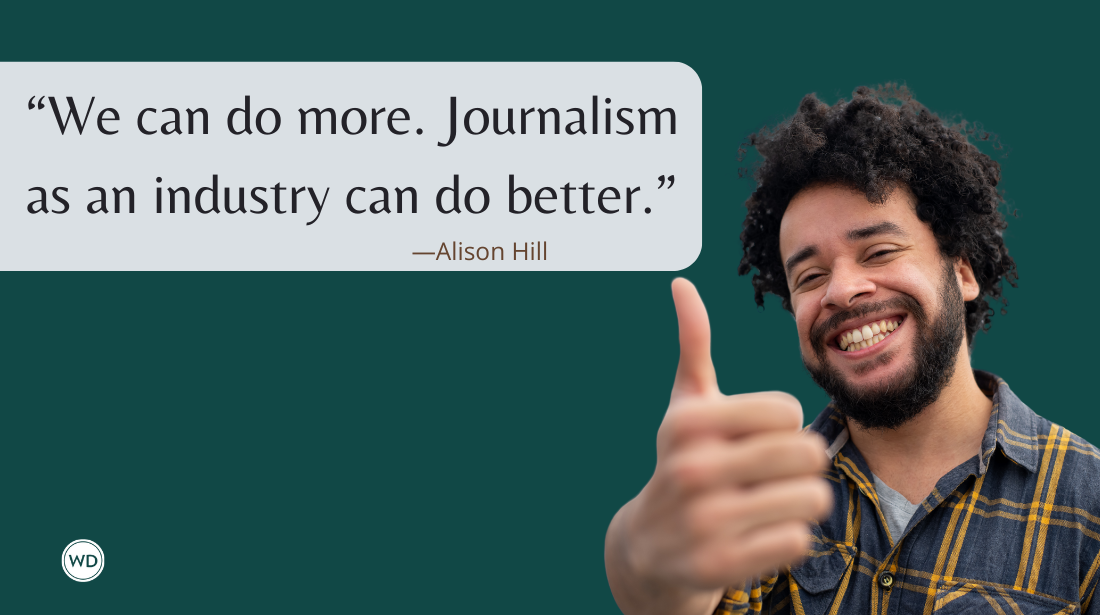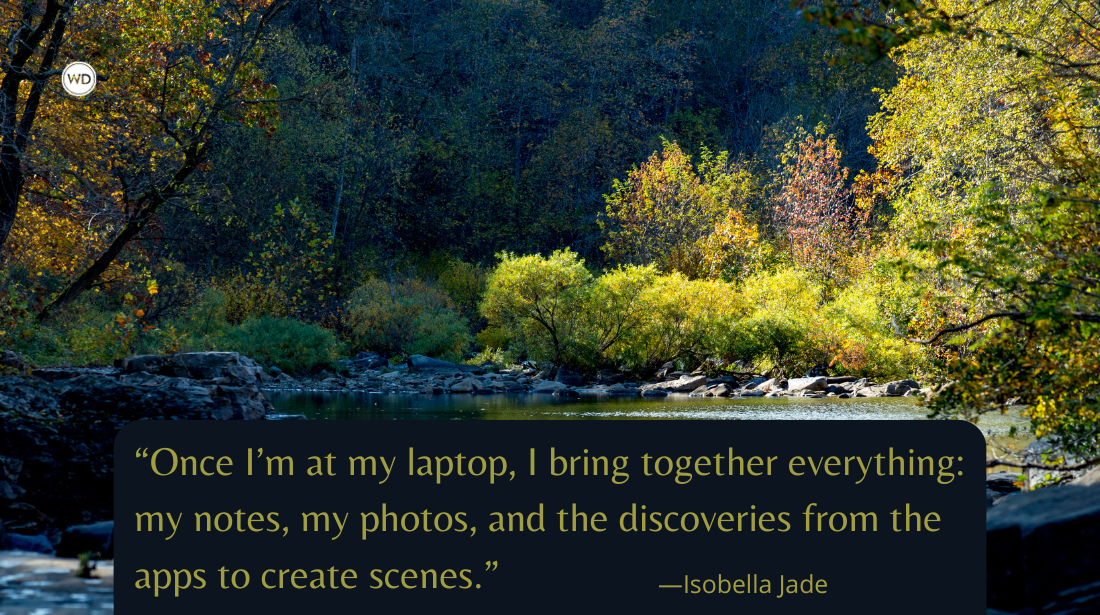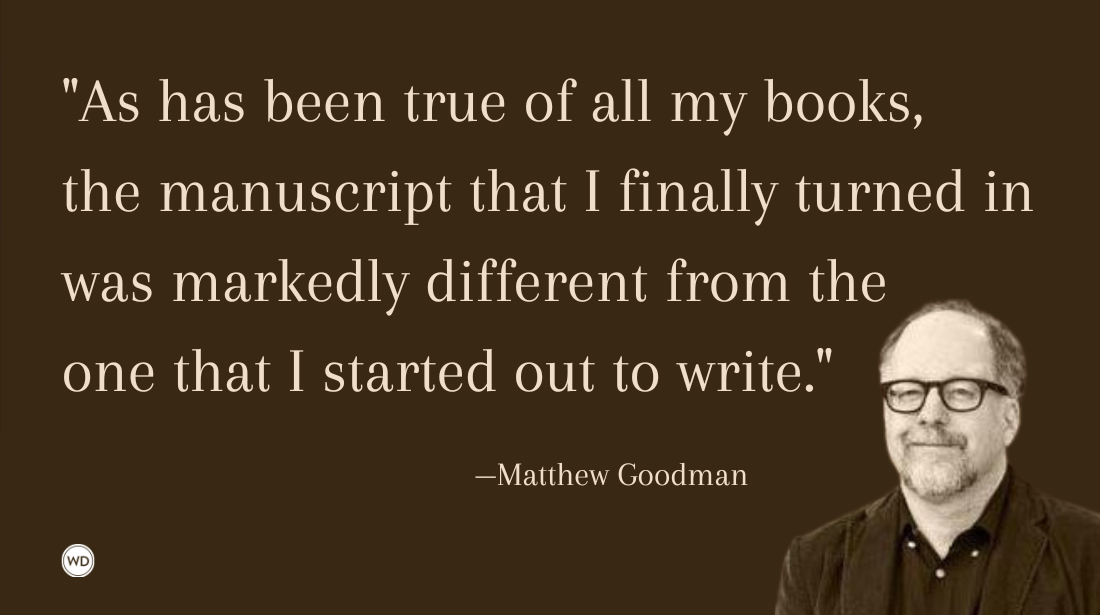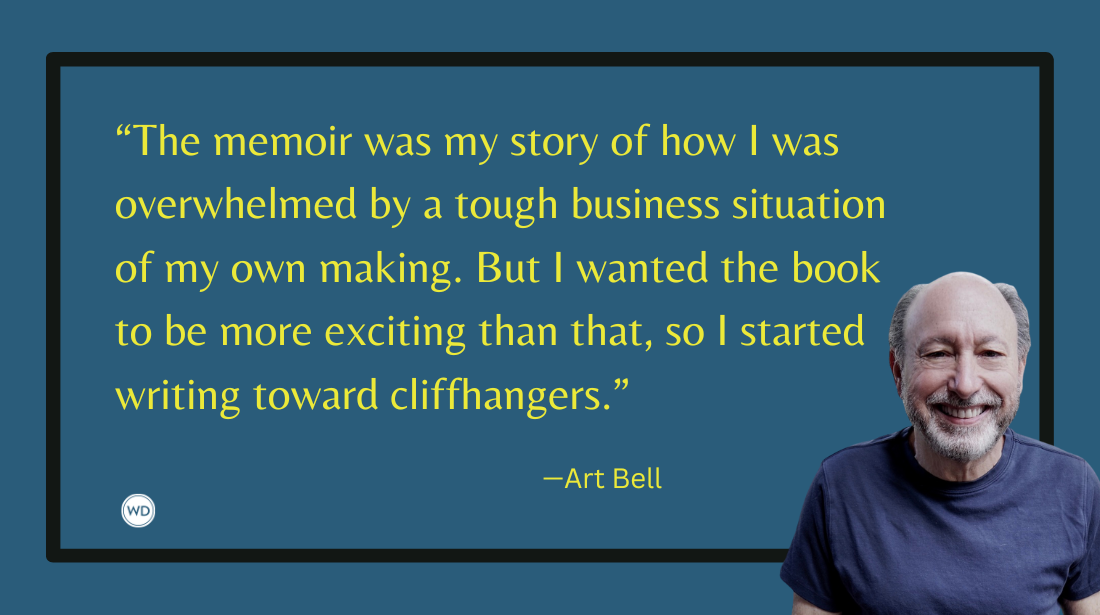A Feast of Days (Part 4): The Last Chapter
Today’s guest post is by emerging writer Darrelyn Saloom, who recently attended the Oxford Creative Nonfiction Writers Conference, and is offering up a 4-part narrative on the experience. Darrelyn is…
Today's guest post is by emerging writer Darrelyn Saloom, who recently attended the Oxford Creative Nonfiction Writers Conference, and is offering up a 4-part narrative on the experience. Darrelyn is a regular guest here at No Rules. Follow her on Twitter or read her previous posts. (Pictured above: William Faulkner statue on the square, in Oxford, Miss.)
On the third day of the Oxford Creative Nonfiction Writers Conference and Workshops, after my pitch fest debacle (read Part 3 for that disaster), co-writer Deirdre Gogarty and I headed back to the Overby Center on the Ole Miss campus for a panel discussion on “Defending the Genre” of creative nonfiction with Lee Gutkind, Dinty W. Moore, Mike Rosenwald, and Robert Goolrick.
(Pictured above: Dinty W. Moore, Neil White, who assembled the perfect authors for the conference, and Robert Goolrick)
The esteemed panelists discussed criticisms they’ve endured as nonfiction writers who use literary devices such as dialogue, description, and personal point of view to enhance their tales and bring them to life. Unfortunately, a few infamous liars have topped best-seller lists and have blighted the field for others who excel in the art of accurate storytelling—hence the need to defend the genre.
After a lively discussion the audience bundled up and hustled downtown to Off Square Books for a reception and book signing with panelists and other authors attending the conference. Wineglasses filled and emptied and the bookstore buzzed with chatter as attendees shared stories and bought books to have them inscribed. Deirdre and I then heaved our book-filled bags towards a small stage to sit in metal folding chairs as Robert Goolrick took to the podium.
The best-selling author had been slated to discuss “Crossing Genres.” He wore round-framed eyeglasses and a well-fitted, charcoal-gray sports coat over a sky blue shirt, the perfect color for his short, graying hair which was carefully combed and side-parted. Only a small patch, a defiant lock, stuck straight up at the end of his part like a young boy waving from inside the man.
Goolrick articulated the way a creative nonfiction writer can use the same lyrical language as a novelist by first reading from his dark, beautifully written novel, A Reliable Wife. He then picked up his memoir, The End of the World As We Know It, and read the last chapter, “A Persistence of Song.” Even though I had read his unforgettable story three years earlier, emotion throttled me the moment he began:
In a life, in any life, bad things happen. Many good things happen, of course, we know what they are—joy, tenderness, success, beauty—but some bad things happen as well. Sometimes, very bad things happen. Children sicken and die. People we love don’t love us, can never love us …
He continued to read and answered a question I’d been pondering throughout the conference: What compels me to write creative nonfiction? Perhaps it’s because I’m infused by memories and need to write them down. In an effort to understand feelings and actions, I must look deeply but not very far. The stories are right here, in my body, my soul, my psyche, and in the mementos around me. As Goolrick said:
It is in the photographs of our mothers and our fathers. It is in a piece of costume jewelry, left in a drawer, in the sounds of other people making love in the next hotel room, or on the edge of a razor blade in the glowing darkness. Even in the razor in the darkness.
I sat paralyzed by the power of his words and felt connected to every person in the room who also sat in stunned silence. I allowed Goolrick’s pain to soak into the dirt and grime of my own life in hopes to ease a portion of his angst and let go my own tears as he described in detail the prescription drugs he must take to get through a day and to still sleep badly at night. To know Goolrick’s story, you’ll have to read his memoir. But I’ll share with you two of his reasons for writing it:
I tell it because there is an ache in my heart for the imagined beauty of a life I haven’t had, from which I have been locked out, and it never goes away.
I tell it because I try to believe, because I do believe with all my heart, that there is a persistence of song.
The impeccable author finished his reading and asked a roomful of writers, journalists, and talkers if anyone had any questions. But no one could speak. Our throats were constricted, so we stood and mingled in a daze. Then Goolrick signed his books and told me that he had publicly read from his novel but this was the first time he had openly read from his memoir. It had taken him three years.
I believe Robert Goolrick chose the perfect setting to do so—a town haunted by ghosts of William Faulkner and his family. And I’m honored to have been among his audience of admirers, of poets, authors, and journalists—defenders of creative nonfiction. I can’t imagine a better place to first read a painful last chapter than inside a warm bookstore, on a cold night in November, on the square in Oxford, Mississippi.
(Pictured below: Robert Goolrick with 1997 WIBF Champion, Deirdre Gogarty, on the veranda of Memory House)
Jane Friedman is a full-time entrepreneur (since 2014) and has 20 years of experience in the publishing industry. She is the co-founder of The Hot Sheet, the essential publishing industry newsletter for authors, and is the former publisher of Writer’s Digest. In addition to being a columnist with Publishers Weekly and a professor with The Great Courses, Jane maintains an award-winning blog for writers at JaneFriedman.com. Jane’s newest book is The Business of Being a Writer (University of Chicago Press, 2018).








